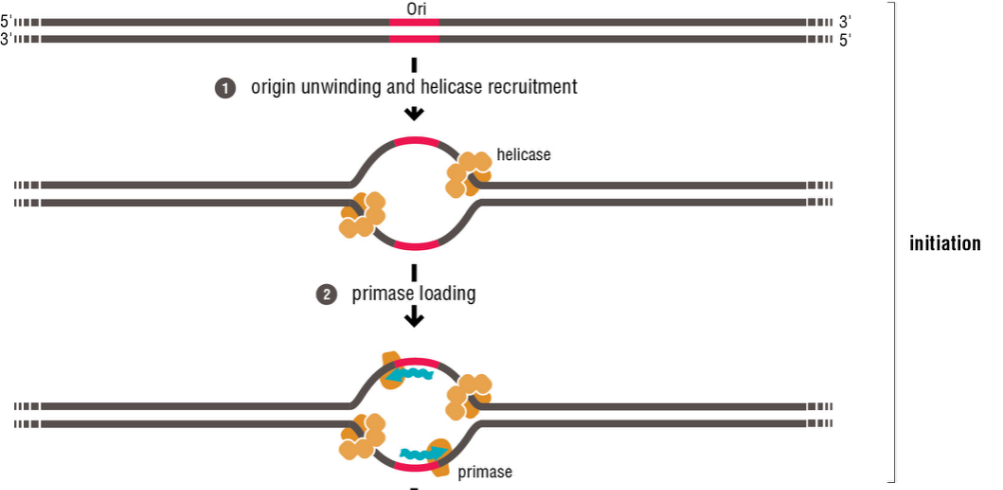What are the roles of the other enzymes involved in replication and why they're necessary ?
Molecular Techniques
Molecular techniques are methods employed in molecular biology, genetics, biochemistry, and biophysics to manipulate and analyze nucleic acids (deoxyribonucleic acid (DNA) and ribonucleic acid (RNA)), protein, and lipids. Techniques in molecular biology are employed to investigate the molecular basis for biological activity. These techniques are used to analyze cellular properties, structures, and chemical reactions, with a focus on how certain molecules regulate cellular reactions and growth.
DNA Fingerprinting and Gel Electrophoresis
The genetic makeup of living organisms is shown by a technique known as DNA fingerprinting. The difference is the satellite region of DNA is shown by this process. Alex Jeffreys has invented the process of DNA fingerprinting in 1985. Any biological samples such as blood, hair, saliva, semen can be used for DNA fingerprinting. DNA fingerprinting is also known as DNA profiling or molecular fingerprinting.
Molecular Markers
A known DNA sequence or gene sequence is present on a chromosome, and it is associated with a specific trait or character. It is mainly used as a genetic marker of the molecular marker. The first genetic map was done in a fruit fly, using genes as the first marker. In two categories, molecular markers are classified, classical marker and a DNA marker. A molecular marker is also known as a genetic marker.
DNA Sequencing
The most important feature of DNA (deoxyribonucleic acid) molecules are nucleotide sequences and the identification of genes and their activities. This the reason why scientists have been working to determine the sequences of pieces of DNA covered under the genomic field. The primary objective of the Human Genome Project was to determine the nucleotide sequence of the entire human nuclear genome. DNA sequencing selectively eliminates the introns leading to only exome sequencing that allows proteins coding.
besides DNA pol I and DNA pol III What are the roles of the other enzymes involved in replication and why they're necessary ?
- Before cells divide, DNA replication must occur.
- DNA replication is the complete, faithful copying of the DNA comprising the cell’s chromosomes.
- Replication is semi-conservative – each strand of the parental double helix acts as a template for synthesis of a new daughter DNA strand.
- There are various enzymes involved in DNA replication-
- HELICASE- DNA helicases unwind the helix to expose single-stranded (ss) DNA, which is coated with ssDNA binding proteins.
- PRIMASE- DNA synthesis needs a primer – it can only add nucleotides to an existing 3′ end The primer is a short RNA strand synthesized by primase.

Step by step
Solved in 2 steps with 1 images









